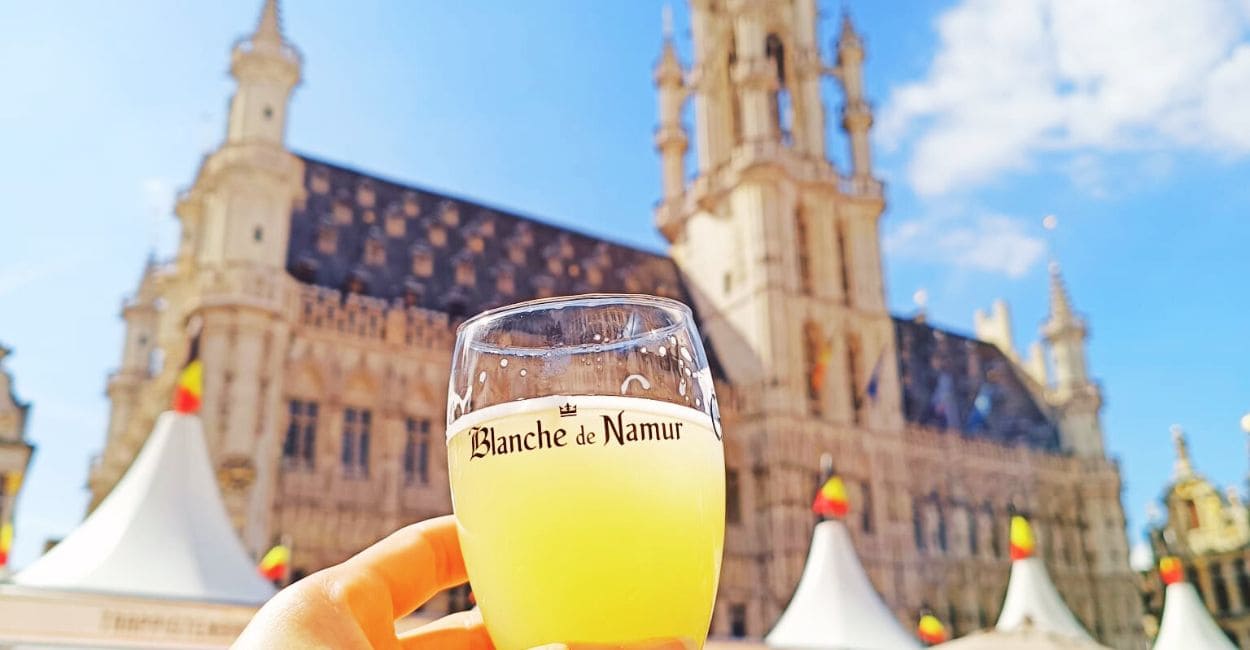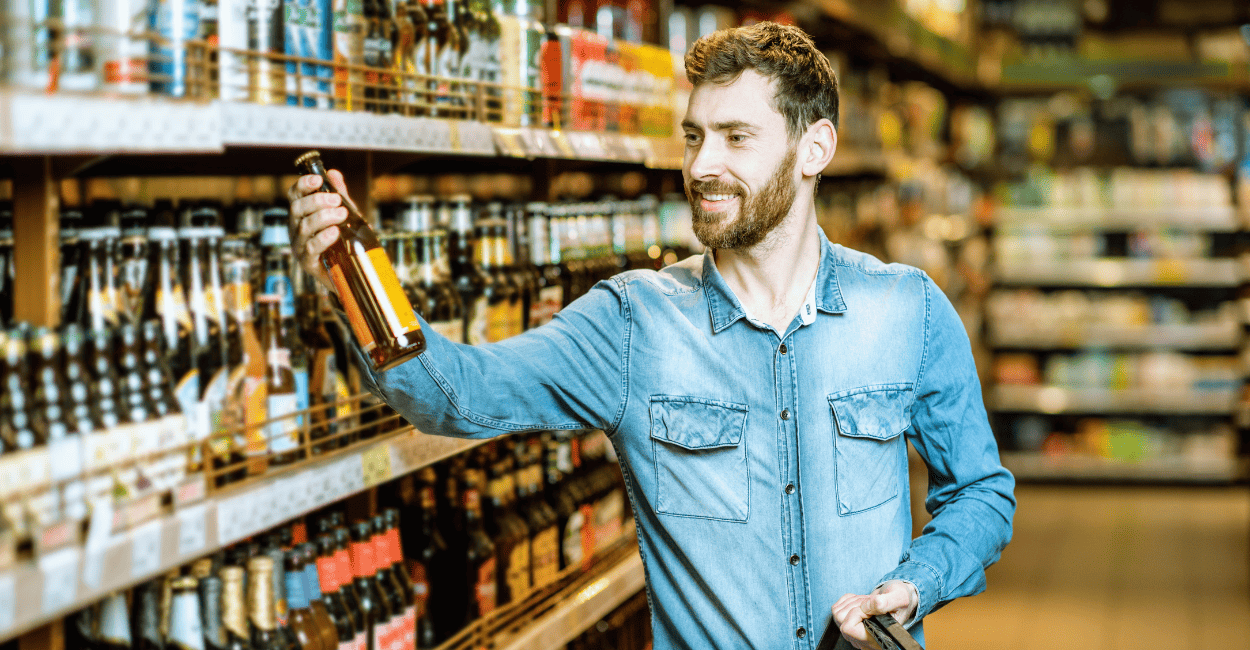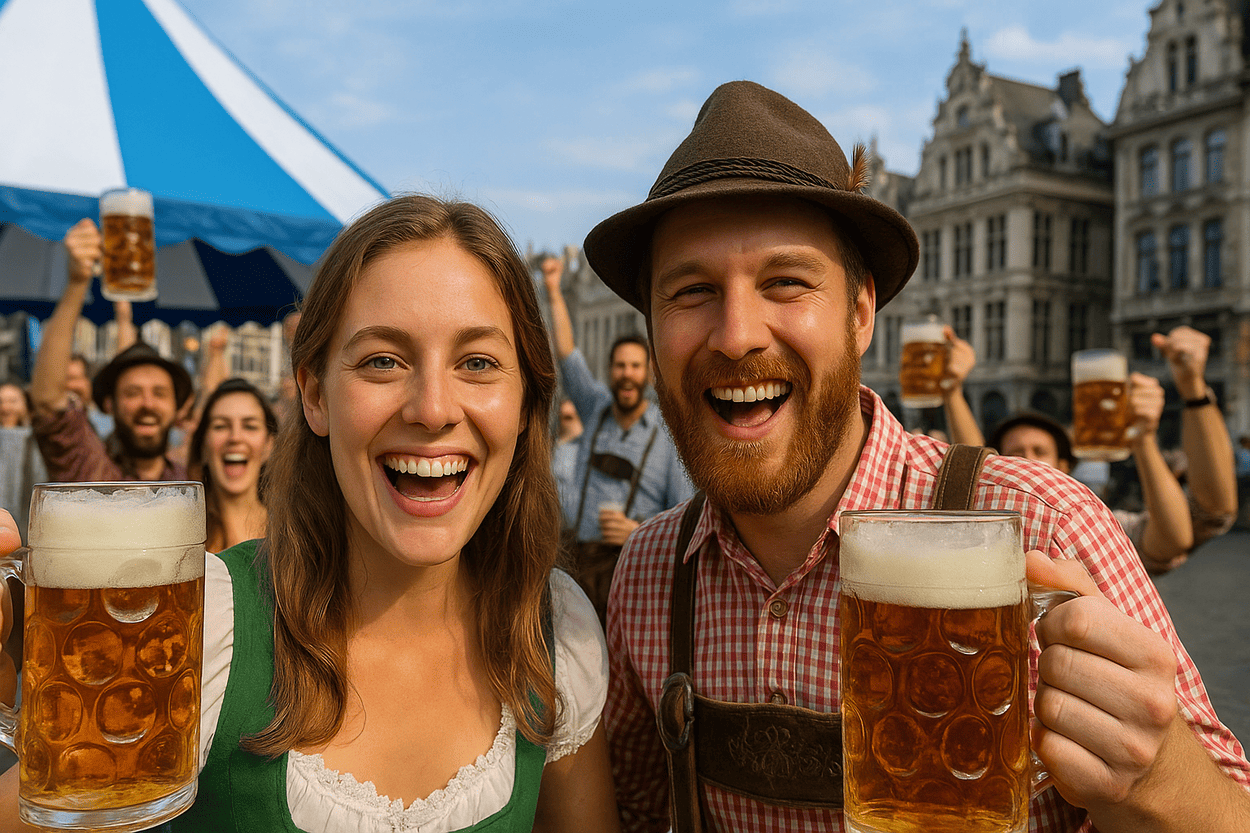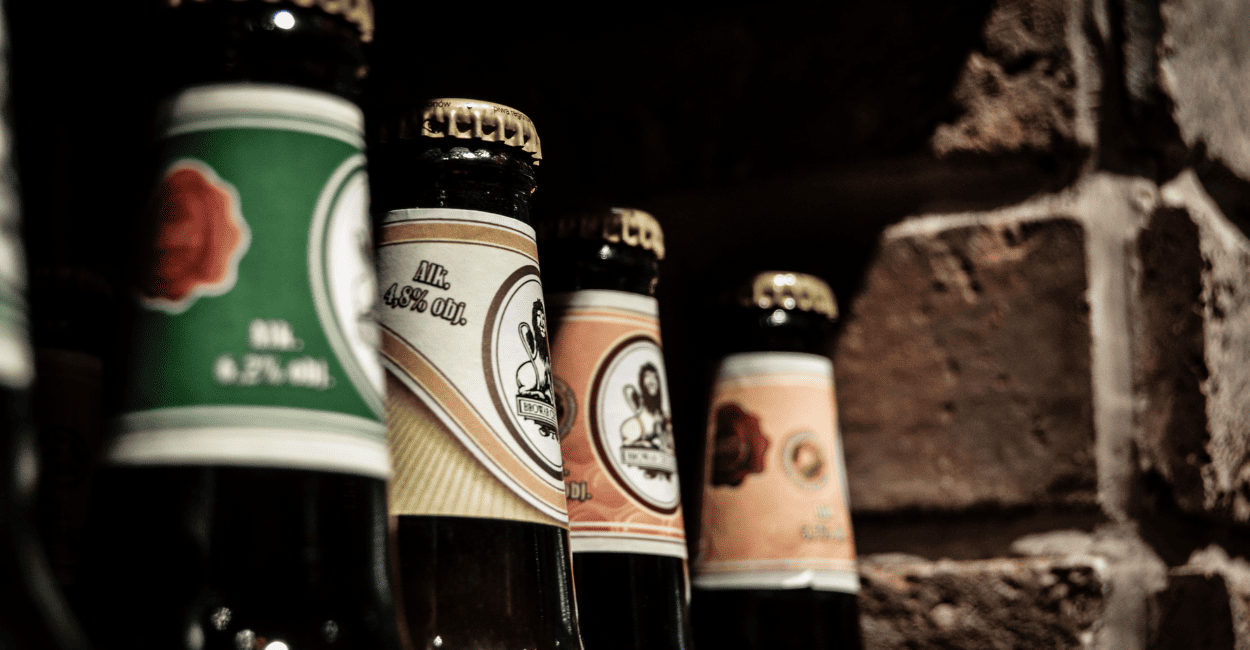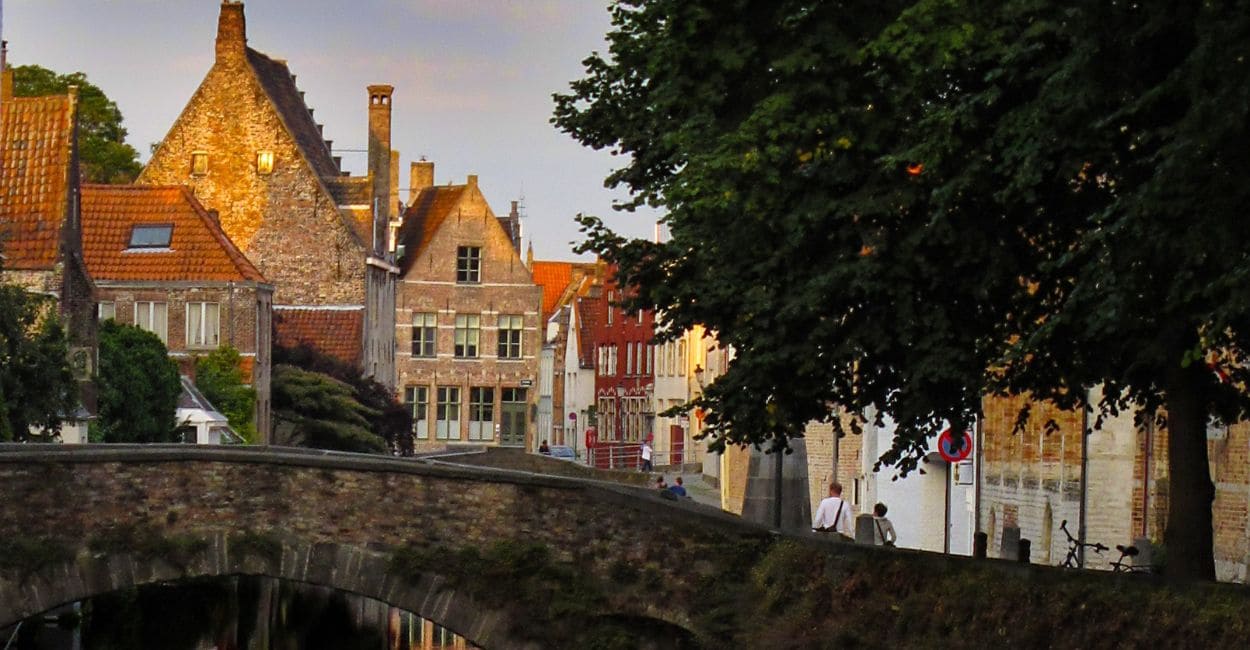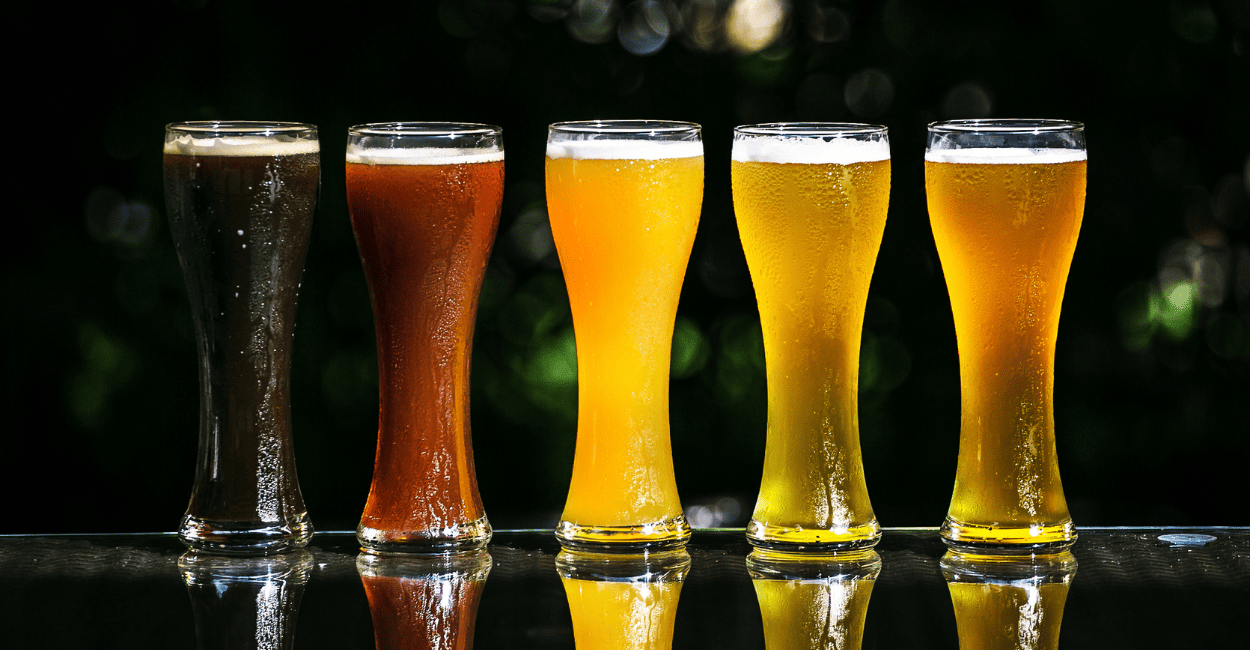12 Best Belgian Beers: The Ultimate Guide to Understand and Choose Like an Expert
The best Belgian beers are a true treasure for beer lovers, combining tradition, quality, and unique flavors. In this guide, you’ll discover what makes these beers so special—from Trappist monasteries to modern breweries that innovate without losing their essence. Whether you’re a beginner or an expert, this content will help you choose the best options with confidence.
Belgium is a country that breathes beer, with more than 1,500 varieties produced in small family breweries and centuries-old monasteries. Every bottle tells a story—whether through artisanal techniques, noble ingredients, or the passion of master brewers. Here, you’ll not only learn which Belgian beers are the best but also how to appreciate them like a true connoisseur.
Get ready for a sensory journey that ranges from classic Trappists to lighter, more refreshing options. By the end, you’ll be ready to pick your next bottle with the confidence of someone who truly understands the craft.
Why Are Belgian Beers Considered the Best in the World?
The best Belgian beers have earned their place at the top of the beer world thanks to a unique combination of tradition, quality, and diversity. While other countries tend to specialize in specific styles, Belgium embraces an impressive variety, with more than 1,500 different labels. This allows each beer to have its own personality, captivating everyone from beginners to the most refined palates.
Another factor that sets Belgian beers apart is the passion of their producers. Trappist monks, for example, dedicate years to perfecting a single recipe, using techniques that date back to the Middle Ages. Meanwhile, modern breweries experiment with ingredients like fruits, spices, and even wild yeasts, creating flavors that push the boundaries of imagination.
On top of that, Belgium preserves artisanal methods that many other countries abandoned with industrialization. Spontaneous fermentation, bottle conditioning, and aging in oak barrels are common practices that ensure complexity and quality. All of this makes Belgian beers an unparalleled experience.
The 12 Best Belgian Beers to Try
If you want to dive into the world of Belgian beer, this list is your ultimate guide. From classic Trappists to fruity and tangy brews, each of these beers offers a unique experience. Let’s start with the most famous ones and then explore some hidden gems that truly deserve your attention.
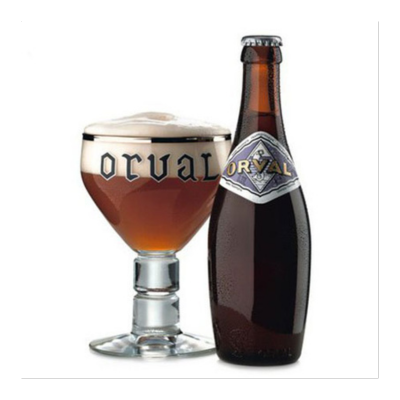
1. Orval: The Rare Gem of the Trappists
Orval is a unique Trappist beer brewed at the Notre-Dame d’Orval Abbey. It stands out for its use of Brettanomyces yeast, which gives it a complex, earthy character. Over time, the beer evolves in the bottle, developing notes of dried fruits and spices. Perfect for those who enjoy flavors that change with every sip.
Where to find it: In Belgium, directly at the abbey or in bars such as Moeder Lambic.

2. Westvleteren 12: The “Forbidden” Beer of Belgium
Considered by many the best beer in the world, Westvleteren 12 is brewed in limited quantities at the Saint-Sixtus Abbey. Its full-bodied flavor combines notes of caramel, dark fruits, and a hint of spices. The challenge of getting a bottle only adds to its charm.
Where to find it: Only at the abbey (with a prior reservation) or through online auctions (be prepared to pay!).

3. Delirium Tremens: The Colorful Icon of Brussels
Recognizable by its pink label and elephant, Delirium Tremens is a Golden Strong Ale that wins people over with its fruity, creamy flavor. At 8.5% ABV, it’s smooth and refreshing—perfect for both beginners and experts.
Where to find it: In Brussels, visit the Delirium Café.

4.Rochefort 10: The Trappist That Rivals Westvleteren
Rochefort 10 is one of the most award-winning Trappist beers, with 11.3% ABV. Its intense flavor delivers notes of chocolate, dried fruits, and a slightly bitter finish. A rich and memorable experience.
Where to find it: In Belgium, directly at the Rochefort Abbey.

5. Cantillon Gueuze: The Masterpiece of Spontaneous Fermentation
Cantillon Gueuze is brewed with wild yeasts captured from the air, resulting in a sour and complex flavor. It’s a beer that divides opinions—you may love it or hate it, but you certainly won’t be indifferent.
Where to find it: At the Cantillon Brewery in Brussels or in specialty shops abroad.

6. Chimay Blue: The Classic Trappist
Chimay Blue is one of the most well-known Trappist beers, with 9% ABV and a flavor that combines notes of caramel, dark fruits, and spices. It’s accessible and perfect for anyone starting to explore the style.
Where to find it: In Belgium, available in any supermarket.

7. Duvel: The Benchmark of Belgian Strong Ales
Duvel is a Golden Strong Ale that balances fruity flavors with a dry, refreshing finish. At 8.5% ABV, it is one of the most popular Belgian beers in the world.
Where to find it: In any liquor store or supermarket in Brazil.

8. Tripel Karmeliet: The Three-Grain Beer
Tripel Karmeliet is brewed with wheat, oats, and barley, resulting in a light, fruity, and slightly spicy beer. It’s a great choice for those looking for something different from the traditional Trappists.
Where to find it: Widely available in supermarkets, bars, and restaurants throughout Belgium and abroad.

9.La Chouffe: The Beer from the Valley of the Fairies
La Chouffe is a Belgian Blond Ale that delights with its fruity flavor, a light touch of spices, and a refreshing finish. At 8% ABV, it’s easy to drink and perfect for anyone looking for a cheerful and flavorful beer. Its mascot, a gnome, is just as charming as the beer itself.
Where to find it: Widely available in supermarkets, bars, and restaurants throughout Belgium and abroad.

10.St-Feuillien Grand Cru: Elegance in a Glass
St-Feuillien Grand Cru is a Belgian beer that combines tradition and sophistication in every sip. Brewed by Brasserie St-Feuillien, it’s a Belgian Strong Ale with 9.5% ABV, known for its complex and elegant flavor. Expect notes of ripe fruits, spices, and a slightly bitter finish.
Where to find it: At specialty shops such

11. St. Bernardus Abt 12: The Trappists’ Rival
St. Bernardus Abt 12 is an abbey beer that rivals the Trappists in quality. With 10% ABV, it offers flavors of dried fruits, caramel, and a smooth finish.
Where to find it: In craft beer shops in Brazil.

12. Brugse Zot: The Beer that Celebrates the Culture of Bruges
Brugse Zot is a famous Belgian beer that was born in the charming city of Bruges. It’s a Blond Ale with 6% ABV, featuring notes of sweet malt, citrus fruits, and a slightly bitter finish. It’s a great option for those just starting to explore the world of Belgian beers, as it’s easy to drink and extremely versatile.
Where to find it: In specialty shops and markets in Belgium.
The Secret History Behind Belgium’s Brewing Tradition
The tradition of Belgium’s finest beers began in medieval monasteries, where monks brewed beer as a means of sustenance and hospitality. As early as the 12th century, the Orval Abbey was already producing beer to feed pilgrims and fund religious works. These recipes, kept under strict secrecy, gave rise to the famous Trappist beers, recognized today by their seal of authenticity.
Currently, only 14 monasteries in the world have the right to use the Trappist seal, and 6 of them are in Belgium. Each follows strict rules, such as brewing within the monastery walls and dedicating profits to social causes. This centuries-old tradition is one of the foundations of the reputation of Belgian beer.
Beyond the monasteries, Belgium is also home to family-run breweries that have preserved artisanal methods for generations. Breweries like Cantillon still ferment their beers in century-old oak barrels, capturing natural yeasts from the environment. This blend of history and innovation is what makes Belgian beers so special.
The Unique Factors That Set Belgian Beers Apart (Ingredients, Fermentation, Artisanal Methods)
- Surprising Ingredients: Beyond malt and hops, Belgian beer often includes fruits (cherries, raspberries), spices (coriander, orange peel), and even honey. Kriek Boon, for example, contains 250g of cherries per liter!
- Double or Spontaneous Fermentation: While most beers undergo a single fermentation, Belgian beers often go through a second fermentation in the bottle, creating more complex flavors.
- Exclusive Glassware: Each style has its own ideal glass. Kwak, for example, is served in a round-bottomed glass held by a wooden stand—not just for style, but also for functionality, enhancing the release of aromas.
Types of Belgian Beer: From Classics to Hidden Gems
If you think Belgian beer is all about Trappists, get ready to be surprised. Belgium is a true rainbow of styles, ranging from classic Tripels to tangy Lambics. Each has its own personality: some are fruity and light, others full-bodied and strong. The key is to experiment without fear—after all, with more than a thousand labels, there’s always something new waiting to be discovered.
For beginners, here’s a tip: start with Blond Ales (like Leffe Blond), which are smooth and slightly sweet. Beer lovers looking for a challenge can venture into Gueuze, which undergoes spontaneous fermentation and offers a sour, earthy profile. And don’t forget abbey beers, brewed outside monasteries but with the same craftsmanship.
Belgium is also known for less conventional styles, such as Saisons (refreshing and spicy) and Fruit Beers (brewed with fresh fruit). Each style delivers a unique experience, ensuring there’s a perfect Belgian beer for every palate.
Trappist Beers vs. Abbey Beers: What’s the Difference?
- Trappists: Brewed inside monasteries by monks, with profits directed to the community. Only 14 in the world carry the official seal. Examples: Chimay, Westvleteren.
- Abbeys: Produced by commercial breweries but with recipes inspired by monastic traditions. They’re more accessible, such as Affligem Blond.
Unmissable Styles: Dubbel, Tripel, Lambic, Saison, and Gueuze
- Dubbel: Dark, with notes of caramel and dried fruits. Try Rochefort 8.
- Tripel: Golden, strong (8–10% ABV), and fruity. Westmalle Tripel is a classic.
- Lambic: Spontaneously fermented, sour, and fruity. Cantillon is a standout.

Fruity Belgian Beers: Kriek, Framboise, and Other Surprises
Kriek (with cherries) and Framboise (with raspberries) are the most famous, but there are also exotic options like Pêcheresse (peach) and Mango. Perfect for those who prefer sweet and refreshing flavors.
How to Choose the Best Belgian Beer for Your Palate
Choosing the best Belgian beers may seem like a challenge, but with a few simple tips, you’ll get it right. The secret is understanding your palate and what you’re looking for in a beer: fruity flavors, intense bitterness, higher alcohol content, or something light and refreshing. Here, we’ll guide you to make the perfect choice.
Another important factor is the occasion. If you’re planning a special dinner, a famous Belgian beer like Chimay Blue might be the ideal choice. For a casual get-together with friends, a Hoegaarden or Stella Artois could be just right. The key is to experiment and discover what best matches your taste.
Frequently Asked Questions About Belgian Beers (Answered by Experts)
What’s the difference between a Lambic and a Gueuze?
A Lambic is a spontaneously fermented beer, made with wild yeasts captured from the air. Gueuze, on the other hand, is a blend of Lambics of different ages, resulting in a more complex and sour flavor. Both are unique and represent Belgium’s brewing tradition.
Do Belgian beers age like wine?
Yes! Beers such as Tripels and Quadrupels can be aged for up to 5 years, developing more complex flavors over time. Store them in a cool, dark place for the best results.
How can I identify an authentic Belgian beer on the market?
Look for the Authentic Trappist Product seal on Trappist beers, or indications of origin on abbey beers. In addition, traditional brands like Chimay and Rochefort are a guarantee of authenticity.
Are there vegan Belgian beers?
Yes! Many Belgian breweries, such as Brasserie de la Senne, produce vegan beers without using gelatin for clarification. Check the label or contact the brewery to confirm.
Which Belgian beer styles are ideal for beginners?
For those just starting out, Witbiers (like Hoegaarden) and Blond Ales (like Leffe Blond) are excellent choices. They’re light, refreshing, and easy to enjoy, even for those not used to more complex beers.

